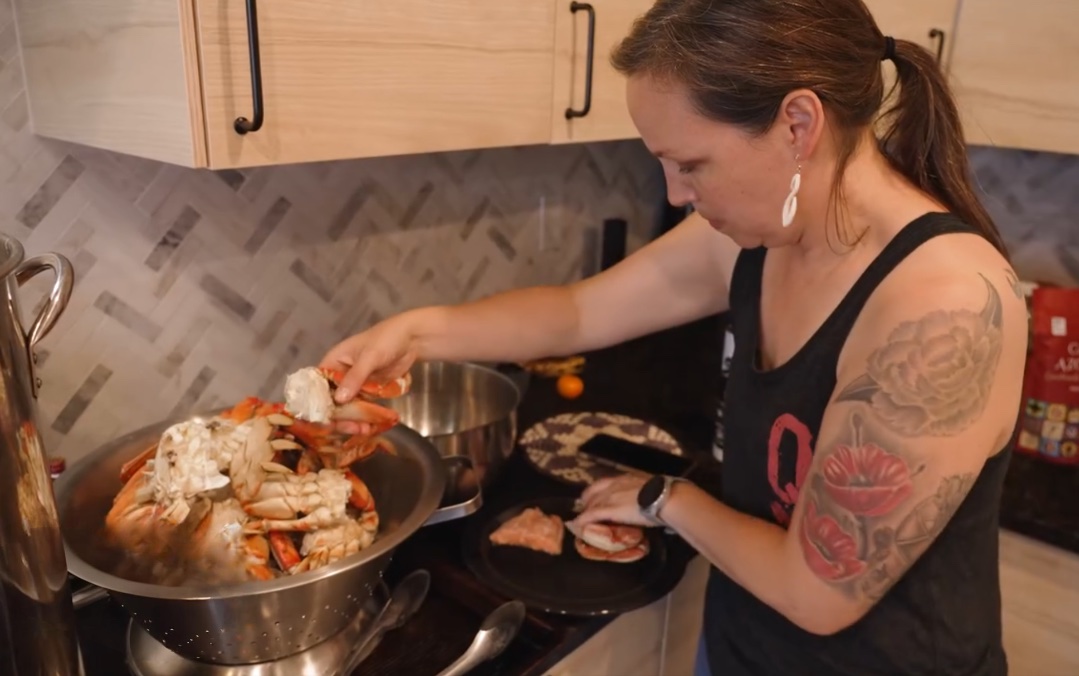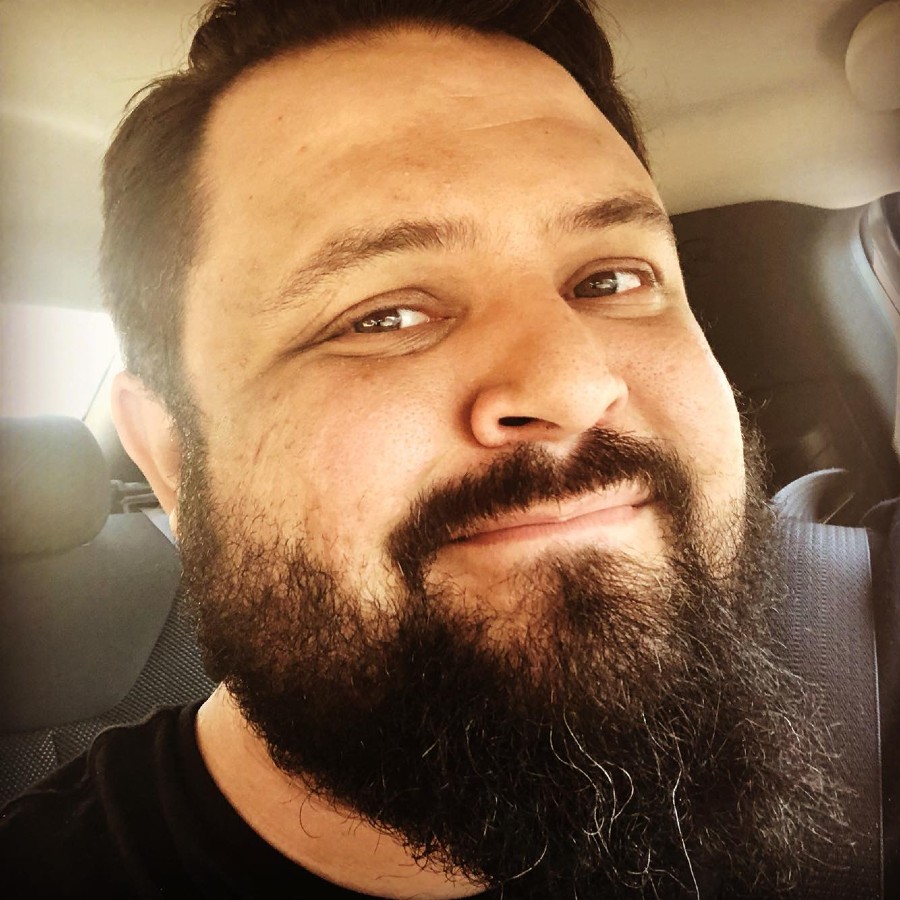
- Details
- By Chez Oxendine
- Food | Agriculture
Tlingit artist and filmmaker Mary Goddard has built a career based on finding authenticity.
Now she’s taking that pursuit to its most basic level: For 90 days, she’s eating only what she can hunt, forage or fish from Alaska waters and forests. No grocery stores. No restaurants. No wine or coffee. Just local foods like salmon, crab, seaweed, moose meat and wild berries — the same foods that sustained her ancestors for thousands of years.
"It's really strictly eating off the land," Goddard said. "Our ancestors sustained themselves for tens of thousands of years on a diet localized to their culture and place. It's important not to lose that knowledge."
The experiment — she’s calling it “90 Day Native” — serves dual purposes: reconnecting with her Tlingit roots and creating content for her video production company’s next documentary. It’s typical of how Goddard blends cultural authenticity with business strategy across her two companies and passion projects.
As an entrepreneur, she operates Alaska Mary LLC, selling jewelry and designs rooted in her Alaska Native heritage, and Midnight Run LLC, a video production company that highlights often-overlooked Native stories.
Goddard spoke with Tribal Business News on day 45 of the 90-day challenge, just days after discovering locally made birch syrup in Anchorage — her first sweet taste in weeks.
This interview has been edited for clarity and brevity.
Why take on a 90-day subsistence challenge now?
I’ve always had a passion for Alaska Native food. For at least 10 years, I’ve run a hobby project called Forest Fresh Alaska, where we showcase Alaska Native foods and recipes. Through Midnight Run, we hoped to develop a television show highlighting these amazing cultural foods in a contemporary way. This is a big crashing together of all my hobbies and passions.
What’s actually on your plate these days?
I eat salmon almost daily because it’s a comfort food for me. I’m eating a lot of seafood — crab, shrimp, salmon and rockfish. I’m also using things like gumboots, sea cucumbers, black seaweed and sea green seaweed. I'm also eating moose meat, venison, fiddleheads I stored up, wild and narrow leaf dock, mushrooms from last year, huckleberries, salmonberries, black currants, soapberries—a variety of berries.
Have you found any unexpected discoveries along the way?
The big treat was discovering birch syrup in Anchorage. I’m on day 45 today, my midway point, and about a week ago I got some birch syrup — the first sweet treat since I started this diet — which is changing my cooking style.
How do you find all this food without hitting the grocery store?
It’s anything I can fish, forage or hunt for. People have been gifting me food as well that they caught, foraged or hunted, which is completely acceptable. For example, I was just gifted beluga and muktuk shipped from Barrow by a community member. It’s a beautiful way to connect and share culture.
How does this challenge fit with your business strategy?
With business, one of my core goals — my vision — is summed up in three words: connect, culture, cause. Whatever work we do, how are we connecting with our communities, what cultural element are we sharing and why? I try to keep that vision front and center. The 90-day Native challenge fits perfectly because it really takes community to eat this way and live this lifestyle. It’s a beautiful way to share culture—not just Tlingit culture, but all Alaska Native cultures and the shared values around food.
There’s been a huge movement around food sovereignty that’s picked up steam post-COVID. What does that mean to you?
When I think of food sovereignty, I feel it really encompasses who we are. Food is culture, and it’s about getting back to our roots. Through food sovereignty and learning from elders, we hope to preserve that wisdom. Connecting younger and older generations through this knowledge gives me a thread from the past into the future. It’s incredibly important.
How does eating traditional foods influence your work as an artist and entrepreneur?
It really keeps me connected to the community and lets me learn from others and teach in turn. I always say there’s someone who knows more than you and someone who knows less. Working with Alaska Native or local people on what they know, then teaching those who don’t, is a great connector. Most people are into food, so it’s an easy way to connect with communities.
